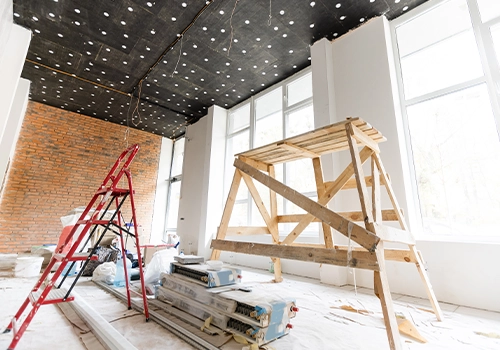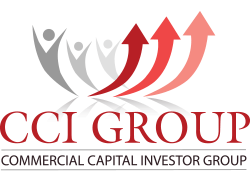
15 Oct Fix-and-Flip Loans: What Realtors Need to Know
If you have an investor client who is interested in flipping a property, being able to refer him or her to a great loan option is key. For many investors, fix-and-flip loans are an ideal option for purchasing and rehabbing properties that need a little TLC. As a Realtor, you don’t need to know everything about fix-and-flip loans to provide your clients with some helpful information—but there are some basics you should have a grasp on.
A Pre-Approval is Ideal
As with many other loan types, the first step to securing a fix-and-flip loan is for your client to get pre-approved. A pre-approval letter is a great way for your client to demonstrate to a seller that he or she is serious about making the purchase. During the pre-approval phase, a loan officer will review the details of a property and its background (as well as your client’s finances and credit) to make a tentative approval decision. This can also be a great way for investors to determine how much they may be able to get approved for.
They’re Ideal for Investors
Costs can add up quickly when a client is looking to flip a property and sell it for a profit. Not only is there the initial cost of the property/structure itself, but there are rehab costs and other expenses to consider as well. The nice thing about a fix-and-flip loan is that this financing can cover all of these expenses. Meanwhile, the qualification and approval requirements for a fix-and-flip loan are a lot more lenient than many other types of loans—so there’s less paperwork for your clients to worry about. Interest rates for fix-and-flip loans are also relatively competitive, especially when compared to other loan types.
They’re Not the Same as Hard Money Loans
One of the most important things to realize about fix-and-flip loans is that they’re not the same as hard money loans. The main distinction between the two is that a hard money loan is based on the loan to value (LTV) of the property; as a result, borrowing more than about 65% of the value is not an easy task.
With a fix-and-flip loan, however, it is often possible for investors to borrow 90% or more of the purchase price of the property, as well as 100% of the rehab costs and other expenses. Meanwhile, the approval process for fix-and-flip loans is usually based not just on the property itself, but on the creditworthiness of the investor as well.
Help Your Clients Secure Investment Property Financing Today
As you can see, there’s a lot to learn about fix-and-flip loans. For many investors, these loans are great financing options that can really help to get the ball rolling on a project. Looking for more resources to help your client secure a residential investment property and avoid bank turndown? Our team at CCI Group can help. Reach out today to learn more about our investor loans or to speak with one of our knowledgeable team members.




Sorry, the comment form is closed at this time.